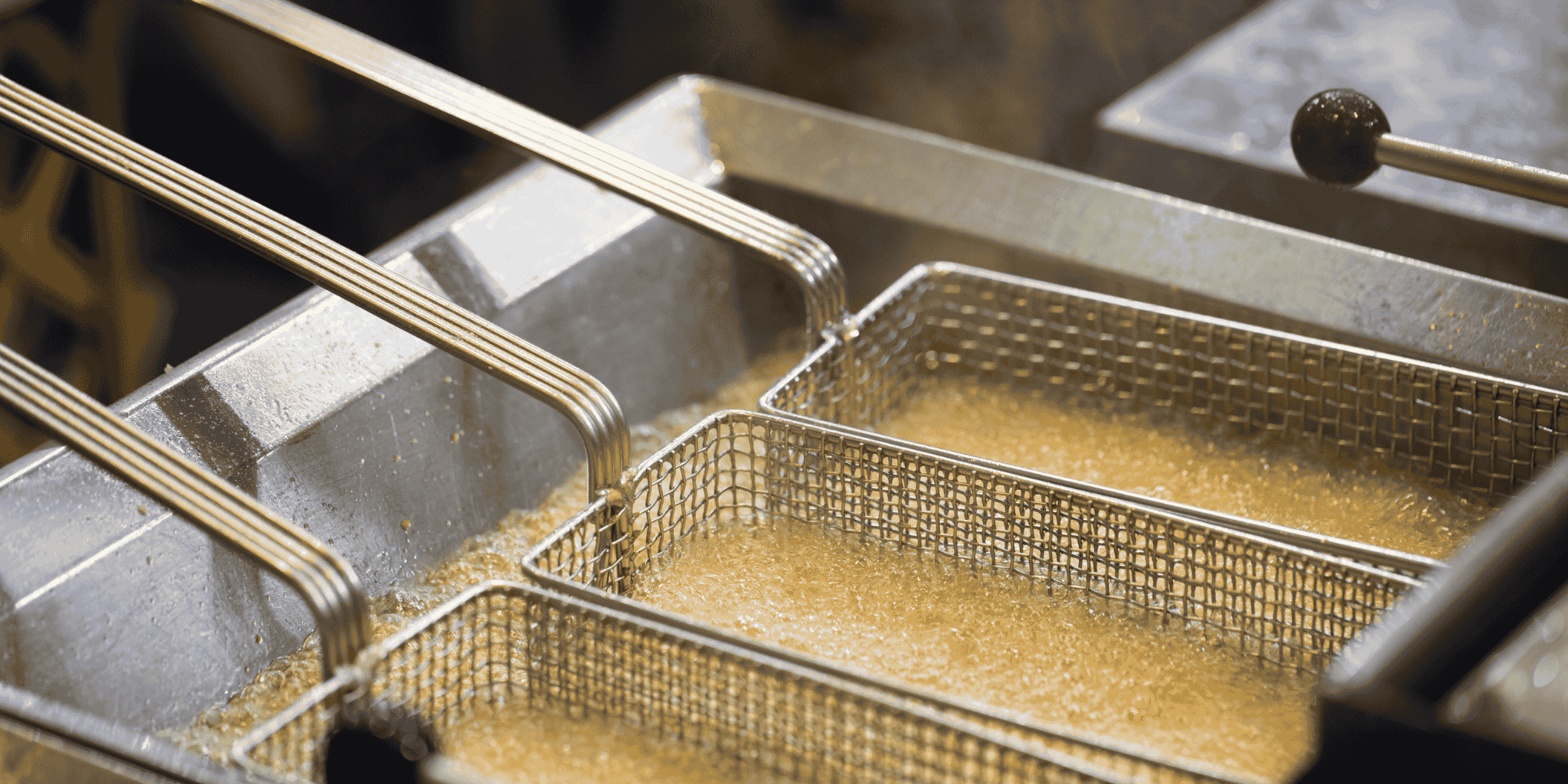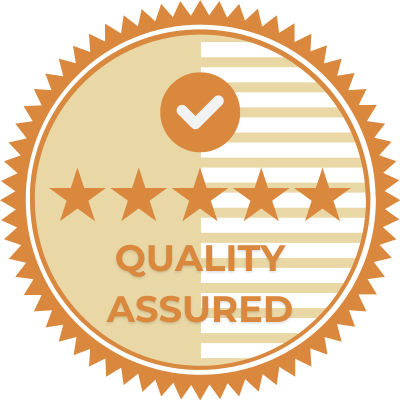Introduction
Deep fat fryers are a staple of British kitchens, whether you're whipping up fish and chips at home or running a bustling catering business. These appliances are cherished for their ability to create irresistibly crispy dishes. But, as with any kitchen tool, they come with responsibilities that can’t be ignored. Safety, efficiency, and food quality go hand in hand when using a deep fat fryer.
Knowing how to operate and maintain your fryer isn’t just about avoiding accidents - it’s about extending its lifespan, ensuring delicious results, and fostering a safer kitchen environment.
This guide will provide practical tips to help you use deep fat fryers confidently and responsibly.
What is a Deep Fat Fryer?
A deep fat fryer is a kitchen marvel that cooks food by fully immersing it in hot oil, delivering quick cooking and a golden, crispy finish. They range from compact models perfect for home kitchens to heavy-duty units built for commercial kitchens.
Modern fryers often include handy features like temperature controls, removable oil containers, and safety mechanisms to prevent overheating. Commercial-grade fryers may even have oil filtration systems that keep the oil fresher for longer, ensuring consistent quality.
Choosing the right oil is vital. Look for oils with a high smoke point (such as sunflower or vegetable oil) and always check the fryer’s oil for signs of degradation, such as a dark hue or unpleasant smell. Disregarding these signs can lead to food that’s both unappealing and unsafe.
Using a Deep Fat Fryer Safely
Safety and preparation go a long way when using a deep fat fryer. Here’s how to set yourself up:
- Oil selection: Stick with oils that can handle high heat, like sunflower or canola oil. Never exceed the fryer’s maximum fill line. The right oil keeps your food tasty and your cooking process safe.
- Temperature control: Aim for 170-190°C for most frying. A built-in thermometer or a reliable external one is essential for maintaining the right heat, ensuring your food cooks evenly without soaking up excess oil.
- Adding food: Gently lower food into the fryer using a wire basket or slotted spoon.
- Avoid overcrowding: Don’t add too much food - it lowers the oil’s temperature, leading to greasy, unevenly cooked food.
- Safety measures: Keep a fire blanket or oil-rated extinguisher nearby and never leave the fryer unattended.
- Cooling: Let the oil cool completely before disposal to avoid burns or spills.
Reflection point
Are you monitoring oil cleanliness? Are your utensils up to the task?
Small adjustments can lead to a safer, more enjoyable frying experience.
Cleaning and Maintenance
A clean fryer is a happy fryer. Regular upkeep not only extends your appliance’s life but also ensures food safety and flavour. Follow these steps to keep it in top shape:
- Cool and drain: Allow the fryer to cool completely before draining the oil. Dispose of or recycle the oil responsibly, following local regulations.
- Disassemble and wash: Clean all detachable parts with warm, soapy water. Avoid abrasive tools to prevent damage.
- Clean interior: Use a gentle cleaning solution or a fryer-specific cleaner to wipe down the interior. Steer clear of harsh chemicals that could harm the machine or your food.
- Dry thoroughly: Ensure every part is bone-dry before reassembling to avoid dangerous oil splashes when reheating.
Keep a cleaning schedule and adapt it to how often you use the fryer. In high-traffic kitchens, daily checks might be necessary. A well-maintained fryer is safer, more efficient, and delivers consistently excellent results.
Safety Tips for Home Use
For home cooks, safety starts with a few key habits:
- Personal protection: Wear heat-resistant gloves and avoid loose clothing. Keep children and pets away from the fryer during use. Ensure your cooking area is tidy.
- Temperature monitoring: Use a reliable thermometer to maintain safe frying temperatures. Overheated oil is a fire hazard.
- Fire safety: Never throw water on an oil fire. Instead, have a fire blanket or appropriate extinguisher within reach.
- Equipment checks: Inspect your fryer for any wear and tear before each use.
A little foresight goes a long way. A pre-use safety checklist can make your frying experience stress-free.
Safety Tips for Commercial Kitchens
In professional kitchens, fryer safety is a team effort:
- Risk assessments: Regularly inspect equipment and address potential hazards promptly.
- PPE and training: Provide heat-resistant gloves and aprons, and train staff in safe fryer use and emergency protocols.
- Temperature management: Keep oil between 160-180°C, and use monitoring systems for precision.
- Emergency preparedness: Fire extinguishers should be accessible, and staff should practice evacuation drills regularly.
Keeping detailed logs of maintenance and staff training demonstrates a commitment to safety and keeps operations running smoothly.
Conclusion
Deep fat fryers are more than just appliances - they’re essential tools in kitchens across Britain. By adopting safe practices and staying diligent about maintenance, you can elevate your cooking while protecting your kitchen and those in it.
Further Resources
Check out these helpful links:
- Royal Environmental Health Institute of Scotland (REHIS): Trusted food safety guidance.
- Food Standards Agency (FSA): Up-to-date safety tips for all.
- FoodComplianceHQ.com: Online courses for food industry professionals.
Enhance your knowledge with workshops, online modules, or industry forums. Staying informed ensures your fryer remains a safe and reliable part of your kitchen.




